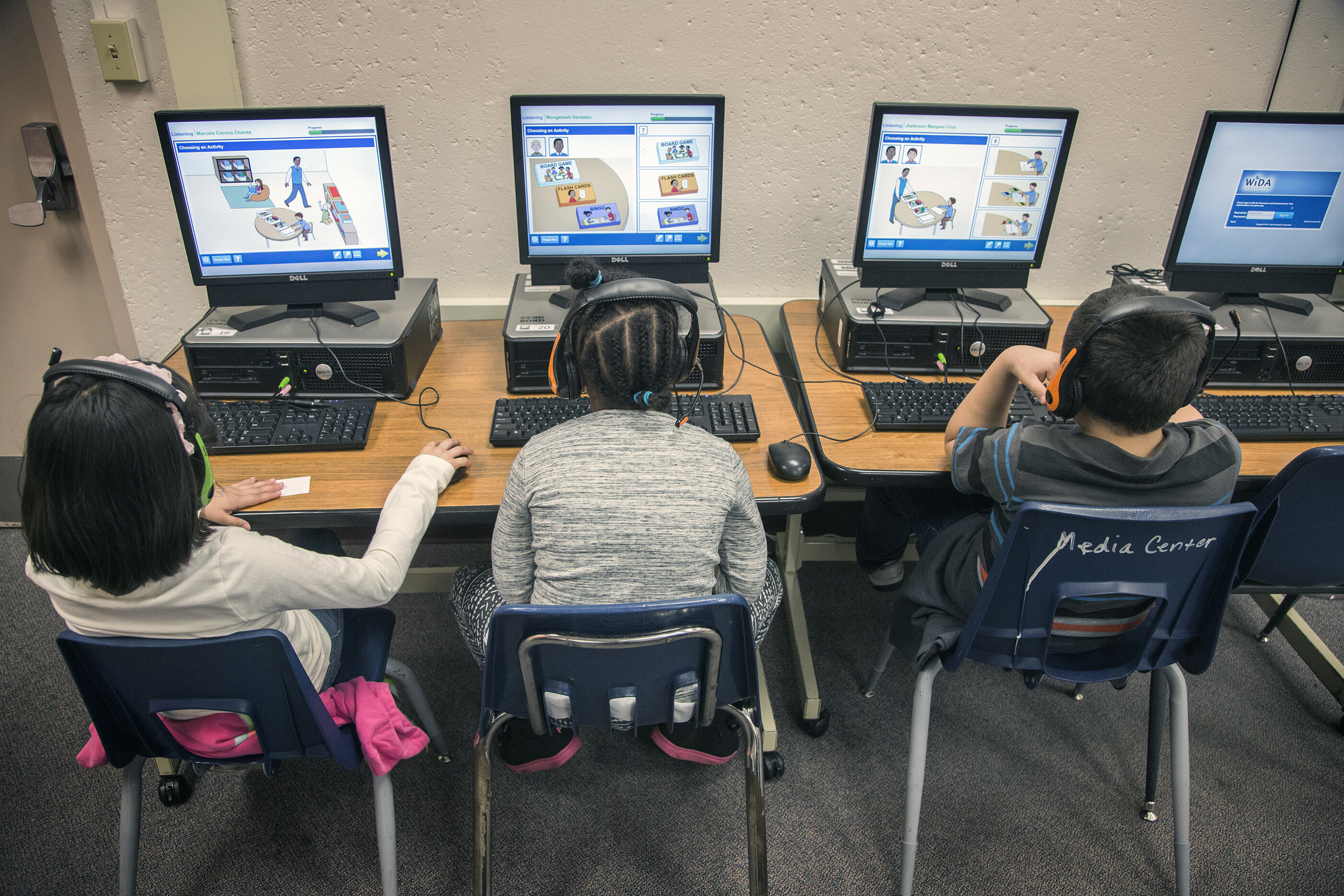Educators aim to make computer science as mainstream as math and reading

Computer-science teacher Scott Underwood once had a student who could barely log onto a website. The teen seemed disinterested in the class and inept with basic technology.
Underwood, a teacher at Coronado High School, wasn’t sure he would make it. But then something clicked. Now, that student is about to enter his third computer-science course and likely pursue the field in college.
“It was beautiful actually,” Underwood said. “He was very excited about doing more.”
The success story is one Nevada education officials hope to replicate over the coming years as they work to make computer science a mainstream staple in students’ academic diets. Enrollment in AP computer-science courses in Nevada jumped from 104 students in 2016 to 483 last year — a four-fold increase — and those numbers are poised to grow.
Senate Bill 200, passed in the 2017 legislative session, aims to expand computer-science courses to all students within four years. By 2022, all public high schools and charter schools must offer a state Board of Education-approved computer-science class.
Dozens of educators, including some who teach computer science, gathered at UNLV in June for a summit dedicated to the topic. Inside a ballroom, education officials rattled off a myriad of reasons the state needs to expand its computer-science offerings and encourage more students to take those classes.
For starters, Brett Barley, the state’s deputy superintendent for student achievement, pointed to the financial reality. He said there are 2,471 open computer-science jobs in Nevada, and those jobs pay an annual average salary of $74,204. Meanwhile, the average job in Nevada pays roughly $44,000 per year, he said.
On top of the need and lucrative career opportunities, educators say the changing technology landscape is making it even more imperative for students to amass computer-science skills before exiting high school. A White House report released in December 2016 noted that 83 percent of jobs with wages less than $20 per hour could face extinction because of automation.
“The future will require computer science,” Barley said, “and it will require it for all our kids.”
And that doesn’t mean possessing basic keyboarding skills or knowing how to navigate Word documents and Excel spreadsheets.
“Computer science is understanding why and how computers work,” said Cindi Chang, a consultant with the Nevada Department of Education who oversees computer-science curriculum. “It’s creating programs rather than just using them.”
For instance, Chang said the courses expose students to content that teaches them how to program an app or use interactive data-visualization tools.
Chang said it’s easy for people to assume today’s children possess advanced technological skills. After all, her 2-year-old granddaughter already knows how to operate a smartphone.
But Chang said those operational skills often don’t translate to an understanding of the mechanics behind the technology. The state’s move to make computer science a more common offering — and theme throughout all courses — stands to change that situation, she said.
Even kindergarteners will be introduced to computer-science concepts, granted in a very pared-down way. Teachers can familiarize 5-year-olds with algorithms — a backbone of computer science — by using the word to describe step-by-step processes in their daily lives, such as getting dressed, Chang said. Putting shoes on before pants, for instance, would pose a problem in that algorithm.
“It’s starting simple,” she said.
A challenge facing the initiative, however, is the workforce.
Underwood spent nearly 20 years in the computer-science industry before deciding to teach. The career move came with a pay cut — a reality that means teachers coming directly from the field are few and far between.
“Teachers are definitely going to be a problem,” he said. “I can’t see it being solved any time soon, really.”
Chang, who also has a computer-science degree, struck a more optimistic tone. She’s hopeful that training among existing teachers can fill those gaps. Ultimately, Chang said she envisions an education world where computer-science skills are infused with existing core subjects such as math, science and English Language Arts.
Meanwhile, educators say they’re busy promoting the computer-science classes that already exist across the state. It can be a tough sell in high schools, where students often face a plethora of elective options. On top of just increasing student enrollment, they’re also trying to attract more girls and minority students to computer-science classes.
“It’s a good way to develop your mind,” Underwood said. “It’s just a way to expand your mind and different ways of thinking. I tell them all the time, ‘The computer is the stupidest machine on the planet and the only way it’s not a boat anchor is that we put programs into it that make it do exactly what we want it to do.’ Once they understand that, I think it just opens their mind.”
